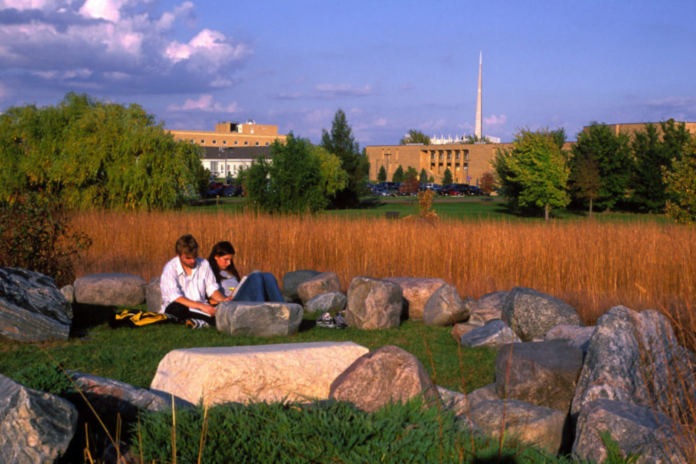A small college in St. Peter, Minnesota, has decided to rename its arboretum because of its namesake’s alleged “scientific racism.”
The arboretum at Gustavus Adolphus College, a private liberal arts college affiliated with the Evangelical Lutheran Church in America, had long been named after Carl Linnaeus, an 18th-century Swede considered one of the most influential scientists in history. He was a botanist and zoologist who is often called the “father of modern taxonomy.”
But because Linnaeus classified human beings into four major biological races (“varieties” in the scientist’s Latin), he is now considered guilty of planting the seeds — no pun intended — of “modern scientific racism.”
“Linnaeus’ work on the classification of man forms one of the 18th-century roots of modern scientific racism,” reads a page on The Linnean Society of London website. “[Here we aim] to trace the development of an idea which became fundamental in the history of anthropology and has had devastating and far-reaching consequences for humanity, including the dehumanisation of non-Europeans and justification of evils like slavery and indigenous genocide.”
And that is why Gustavus Adolphus College has no longer deemed its arboretum worthy of Linnaeus’ name.
“Gustavus has historically sought to build an inclusive and just community,” Board of Trustees Chairman Scott Anderson said in a news release.
“In recent years, and especially since George Floyd’s murder, we have strengthened our efforts to pay attention to underrepresented voices and discovered how painful Linnaeus’ name and legacy are for some of our students and visitors.”
An internal email written by Anderson to the Gustavus Adolphus community also announced the impending removal of a bust of Linnaeus on campus.
“The Board has charged President [Rebecca] Bergman with creating a campus working group to determine the future location of the bust of Carl Linnaeus that will be removed from its current place outside of the Melva Lind Interpretive Center,” the email reads.
“More communication about this ongoing process and our continuing education about the evolving context of Carl Linnaeus’ work will follow in the coming weeks and months.”
Linnaeus’ classification of human beings is less known than his classification of living organisms in general. The taxonomic system of kingdoms, phyla, classes, orders, families, genera, and species — learned in biology class by many a middle schooler — was developed by Linnaeus, who applied it in his studies of animals, plants, and minerals.
The Swedish scientist also pioneered the use of binomial nomenclature, a system of labeling a species with a two-part name in Latin, e.g. “homo sapiens” or “tyrannosaurus rex.”


















